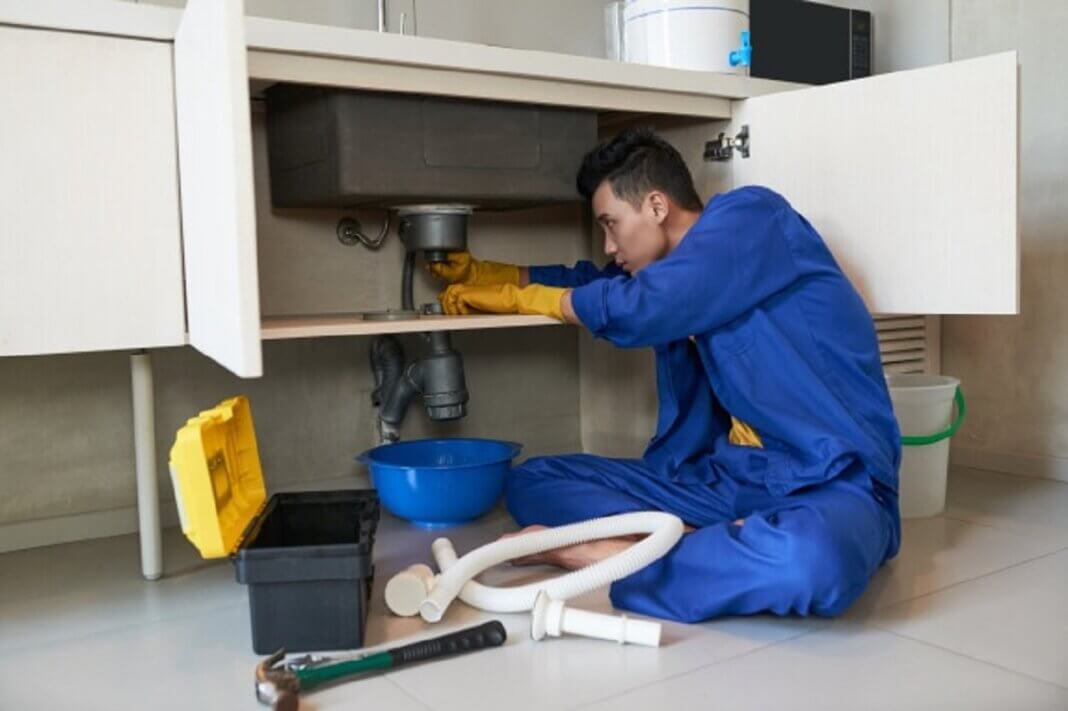Introduction
A reliable and functional drainage system is the unsung hero of our homes, working tirelessly behind the scenes to ensure water and waste is efficiently escorted from our premises. It’s easy to take for granted, but when something goes awry, it can result in a bona fide household catastrophe. A blocked drain, although seemingly customary, can cause considerable damage if left unattended. Sewage backup, foul smells, and compromised sanitation standards are just a few potential consequences. However, identifying and attending to the issue at its genesis can save homeowners significant unrest and repair costs.
Uncover The Signs: How To Identify A Blocked Drain
General signs of a blocked drain include slow water drainage, an unpleasant odour, and unusual sounds. Each signal offers an insight into the root cause of the blockage, which if correctly identified, makes the repair process less daunting. For instance, a slow drain often highlights a gradual build-up of debris – a less severe scenario compared to the intrusive tree roots or structural damage, which generally results in sewage backups and water damage. Early detection and action are crucial in preventing long-term damage and excessive repair expenses.
Behind The Blockage: Understanding The Causes
Several culprits can lead to blockages. The most common offenders include accumulated grease or fat, hair, food waste, tree roots and foreign objects that have gone astray. Other less-known causes such as structural damage due to corroded pipes, or a misjudged pipe installation can also result in troublesome obstructions. The potential damage each of these can cause depends largely on their nature and how long they have been left unattended. Regularly inspecting your drains can nip such issues in the bud and save you an unnecessary headache.

Tools Of The Trade: Equipment Needed For Blocked Drain Repair
Fixing a blocked drain requires specific tools. A plunger is an indispensable resource, valuable in loosening minor blockages from sinks, toilets and showers. More stubborn obstructions may call for a plumber’s snake or hand auger – both designed to break down the block and clear the drain effectively. Novel tools like the hydro-jet spray water at high pressure to displace the obstructive material. Our experts recommend a balanced usage, as excessive power can compromise the structural integrity of your pipes.
The DIY Route: Step-By-Step Guide To Unblocking A Drain
The first step in unblocking a drain involves identifying the obstruction. If it’s within reach, like hair in showers or food debris in the kitchen sink, manually removing it should suffice. However, for deeper blockages, it’s crucial to be equipped with the right tools. Safety is paramount, so donning gloves and eyewear are non-negotiable. The process usually begins with plunging, followed by utilising a hand auger or drain snake if required, and ending with a flush to ensure the drain is clear. Remember, not all blockages may succumb to a DIY approach. If the problem persists, consulting a professional is wise.
When To Call In The Pros: Warning Signs And Professional Services
Sometimes, DIY efforts may not be enough or suitable for the situation. Severe blockages, resurfacing obstructions or signs of structural damage warrant the attention of a professional. Water backing out of drains, unexplained damp patches, and collapsing walls are severe indicators that demand immediate professional intervention. Services like Jim’s Plumbing in Adelaide or Female Choice Plumbing in Perth are reputable in the field, and recommended for their expert assistance.
Maintaining The Flow: Preventative Measures For Blockages
There are several measures you can take to avert blockages. Regularly cleaning your pipes using natural mixtures of vinegar and baking soda can help dissolve minor buildups. More importantly, being mindful of what goes into your pipes can save a lot of pain. In the kitchen, avoid dumping coffee grounds, grease, and hard food items down the drain. In the bathroom, using a hair catcher in the drain can prevent hair accumulation. Regularly cleaning the outdoors ensures leaves and dirt don’t seep into your pipes.
Conclusion
Maintaining a clear and functional drainage system is pivotal to our daily lives. Paying constant attention to what goes into our drains, recognising early symptoms of blockages, keeping the right tools handy for minor repairs, and knowing when it’s time to call in the professionals is integral towards managing a healthy household.
Expert Corner: Tips From Pros
In this section, we’ll feature advice from seasoned professionals who have mastered the art of blocked drain repair. These tips and experiences can provide additional guidance and offer readers an inside look into the world of drain repair. Included will be exclusive interviews with plumbers and vivid demonstrations of their recommended methods. Their insights will serve as invaluable gems for tackling your drain issues and maintaining a seamlessly flowing drainage system.








